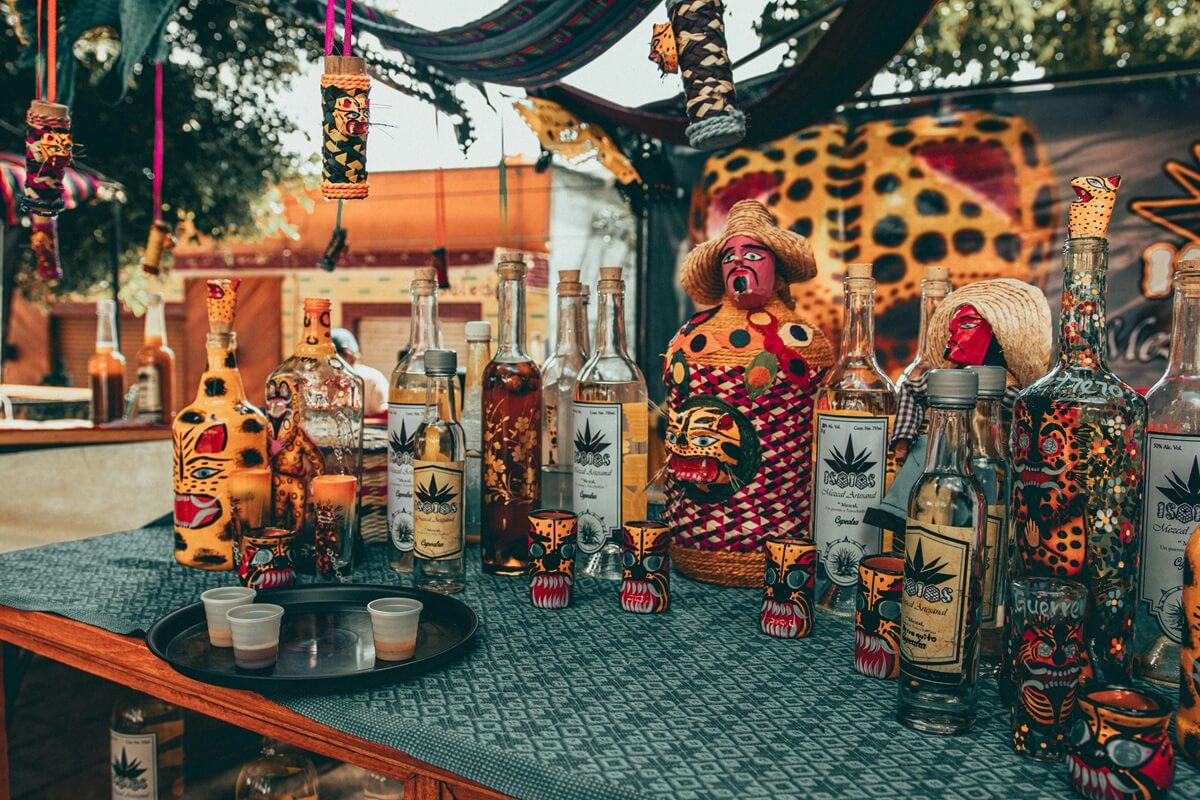
Every fall, bright-colored skulls appear on bakery counters, at art festivals, and across social media. Grinning skulls, glittering skulls, neon-colored skulls. These aren’t Halloween decorations or simple candies—they’re sugar skulls, and they carry centuries of meaning rooted in Mexican heritage.
What Are Sugar Skulls?
Sugar skulls—calaveras de azúcar—are hand-crafted ornamental skulls made from sugar paste and decorated with icing, foil, beads, feathers, or sequins. They’re a central part of Día de los Muertos, or Day of the Dead, a holiday celebrated on November 1st and 2nd to honor and remember relatives and loved ones who have passed away.
Rather than mourning with sorrow, Día de los Muertos embraces death with love, laughter, and remembrance. Sugar skulls reflect this spirit: they are celebratory, playful, and deeply personal.
A Tradition Born from Blended Cultures
The roots of sugar skulls go back to the colonial period, when European missionaries and artisans introduced the art of sugar molding to Mexico. Indigenous peoples already had rich traditions for honoring the dead, and these practices blended with Catholic observances of All Saints’ Day and All Souls’ Day. The result was a syncretic celebration: Día de los Muertos.
Mexican artisans began using sugar—a cheap and abundant material at the time—to carve skulls and other figures. These were arranged on altars, or ofrendas, alongside food, candles, marigolds, and photographs of the deceased. Often, names were written on the foreheads of the skulls, symbolizing the person being honored.
Symbols in Every Detail
Every element of a sugar skull has meaning. The colors represent the vibrancy of the soul being remembered. Marigolds, often included in the decoration, are believed to guide spirits back through their bright petals and strong scent. Even the smiles on the skulls are intentional—they are signs of welcome and joy, not fear.
On occasion, sugar skulls are even made to honor the living. Far from being morbid, this is a tongue-in-cheek reminder of the cycle of life and death, viewed with humor and acceptance.
Modern Interpretations, Eternal Significance
Today, sugar skulls have grown into cultural symbols that inspire face painting, tattoos, fashion, and art far beyond Mexico. But as their popularity spreads, it’s important to remember their roots. They are not mere decorations; they are acts of commemoration, symbols of love, and vessels of cultural identity.
Purchasing or creating sugar skulls for fun? That’s fine—but take the time to learn their meaning. Better still, use them to honor someone you’ve lost. Create an altar. Share their story. Keep their memory alive.
Final Thought
Sugar skulls aren’t just colorful ornaments—they are symbols of resilience. They remind us that the lives we’ve lost remain part of us. In their vibrant hues and playful grins, we don’t just see decoration. We see connection. We see heritage. We see life.



